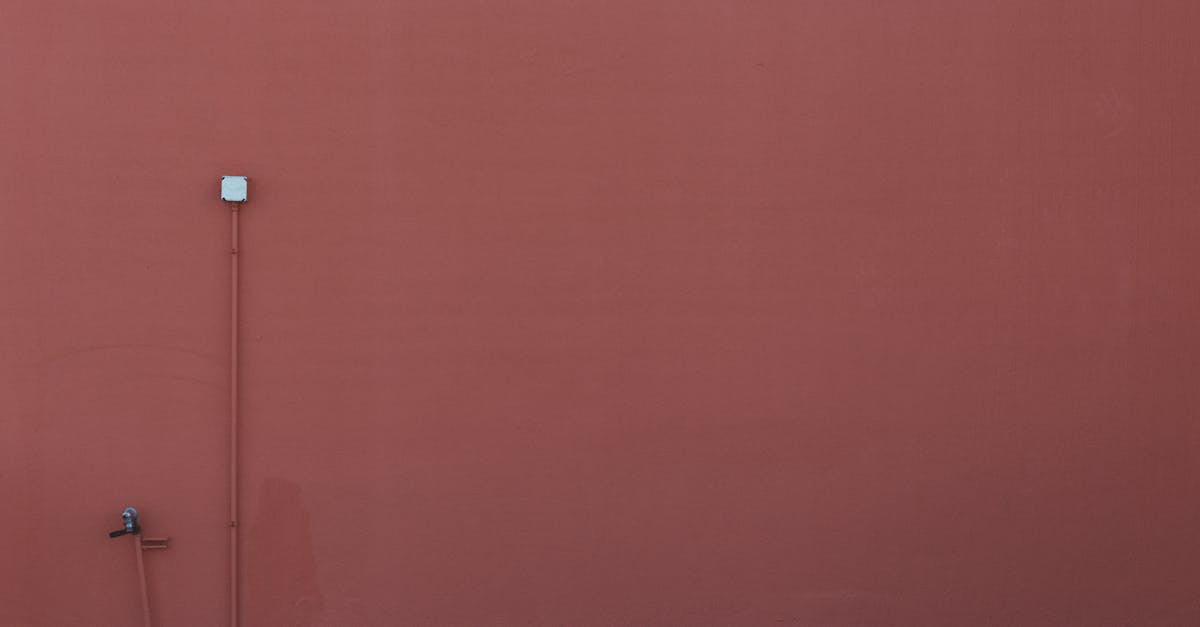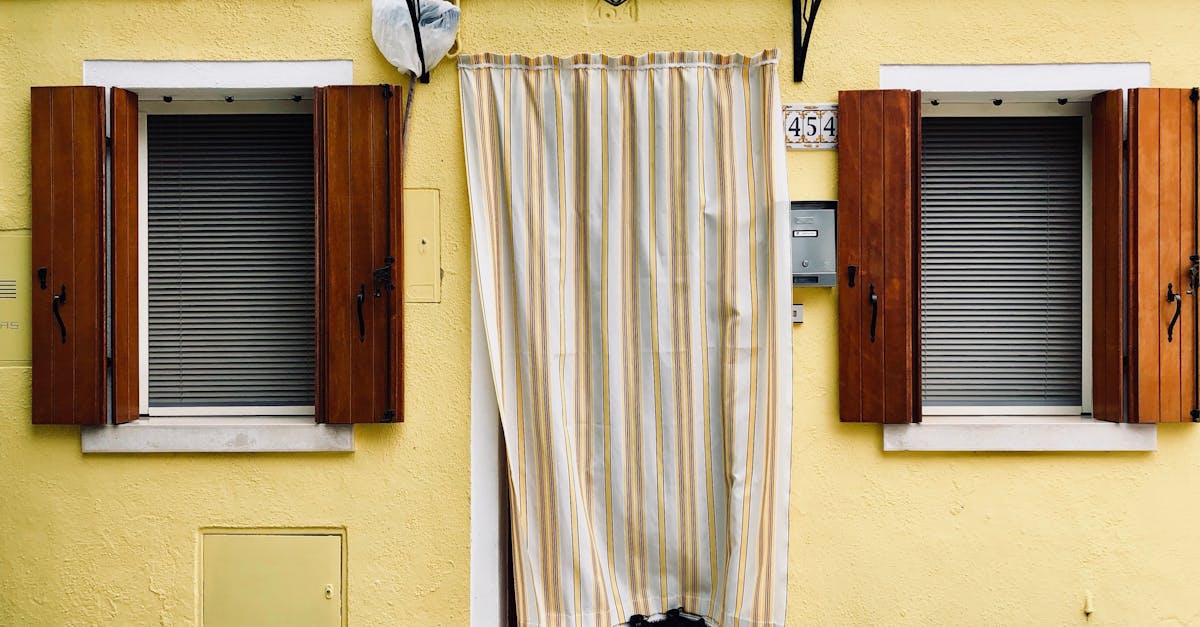This article explores the crucial decision of choosing between latex and oil paint for your home’s exterior. It discusses the latest advancements in paint technology that favor water-based latex paints due to their durability, mold resistance, and eco-friendliness. Key benefits of latex paints include quick drying times and easier cleanup, while oil-based paints are noted for their smooth application and long-lasting coverage. The article addresses performance differences in various conditions and offers practical advice for homeowners to ensure a successful painting project.
The Latest Trends in Residential and Commercial Painting
In a world where first impressions matter, the color and finish of your walls can speak volumes about your home or business. Whether you are a homeowner looking to breathe new life into your living space or a business owner aiming to attract more customers, understanding the latest trends in painting can be your game changer. With advancements in paint technology, today’s options not only enhance aesthetics but also provide durability and protection from the elements.
Imagine walking into a room painted in soft, soothing shades that create a relaxing atmosphere, or stepping outside to see a vibrant exterior that complements the surrounding landscape. The right choice of color and technique can transform an ordinary space into an extraordinary one. Join us as we explore the exciting developments in paint materials, trending colors for this year, and innovative techniques that can elevate any residential or commercial project. Let’s discover how you can revitalize your spaces and make them truly exceptional!

| Feature | Details |
|---|---|
| Durability | Oil-based paints are traditionally known for superior durability but modern latex options rival them with advancements. |
| Environmental Impact | Latex paints are more eco-friendly with lower VOCs, making them a safer choice for the environment. |
| Application Temperature | Latex paint can be applied in cooler temperatures, while oil-based paint requires warmer conditions. |
| Drying Time | Latex paint dries quickly, allowing for multiple coats in one day, whereas oil-based paint takes longer to dry. |
| Cleaning Up | Latex paint cleanup is easy with soap and water, while oil-based paint requires solvents like turpentine. |
| Color Retention | Latex paints do not yellow over time, maintaining their color, while oil-based paints can become discolored. |
Current Trends in Painting and Renovating Residential and Commercial Spaces
Revitalizing a space, be it a home or business, can dramatically change not only the aesthetic appeal but also the overall experience of its inhabitants and visitors alike. Recent advancements in painting technology have made this transformation more achievable and exciting. From trendy color palettes to innovative materials, this guide provides insight into the latest trends that can elevate the ambiance of any environment.
Color Trends that Inspire
The choice of color is crucial when it comes to renewing a space. It influences mood, creates atmosphere, and can even affect how a space is perceived. Below are some current color trends that are making waves in residential and commercial settings:
- Earth Tones: Colors inspired by nature, such as terracotta, moss green, and sandy beige, bring warmth to interiors and exteriors alike. They create a soothing environment that fosters a sense of tranquility.
- Bold Jewel Tones: Deep colors like emerald green, sapphire blue, and ruby red add a dramatic effect. These hues work exceptionally well as accent colors in living areas or commercial spaces to draw attention and evoke emotion.
- Pastel Shades: Soft pinks, blues, and lavenders are perfect for creating a calm and serene environment. These shades are especially popular for bedrooms and wellness spaces, promoting relaxation and comfort.
- Monochromatic Palettes: Utilizing different shades of the same color can create a sophisticated and cohesive look. Using varying tones of gray, for instance, can establish depth and dimension without overwhelming the senses.
It’s essential to choose a color scheme that reflects the desired atmosphere and fits the style of the space. Consulting a color expert or utilizing design software can help visualize how different shades will play together.
Innovative Painting Techniques
The approach to painting has evolved beyond simple brush strokes and roller application. Here are some innovative techniques that can enhance the visual appeal of any space:
- Sponging: This technique involves applying a base coat and then using a sponge to dab on a second, contrasting color. The result is a textured, layered effect that can invoke a sense of warmth and depth.
- Ombre: Creating a fade from one color to another can add a dreamy feel to a room. This technique is particularly effective in children’s rooms or creative spaces, allowing for a soft blend that brings sophistication without being too harsh.
- Stripe Patterns: Bold, clean lines can make a statement in both residential and commercial settings. Horizontal stripes can make a room appear larger, whereas vertical stripes add height. They work well in both traditional and modern environments.
- Stencil Art: Precision cutting can elevate a simple wall to showcase intricate designs. Stenciling is perfect for creating focal points or accents that tell a story, particularly in spaces like cafes or boutique shops.
When utilizing these techniques, don’t hesitate to experiment with placement. Sometimes, a little creativity with how a design is applied can lead to stunning results.
Choosing the Right Materials
With the advancement of paint formulations and materials, homeowners and builders now have more eco-friendly options. Here are some key materials that are valuable in today’s market:
- Low-VOC and No-VOC Paints: These water-based paints are not only better for the environment but also safer for indoor air quality. They are ideal for residential spaces where families and pets live.
- Specialty Finishes: Products such as metallic or chalk paints add that extra pizzazz to furniture or accent walls. They capture light in unique ways, adding dimension.
- Innovative Primers: New primer technology has allowed for paints to adhere better to tricky surfaces, making projects more durable and long-lasting.
When selecting materials for painting, prioritize those that align with the specific demands of the space while also considering durability and ease of application.
Real-Life Transformations
There’s no better way to illustrate the impact of painting and renovation than through real-life examples. Here are some projects that showcase the breathtaking transformations achieved through color, technique, and material choices:
- Residential Living Room: A dated living room was revitalized with a soft sage green facade and white wainscoting. The ombre feature wall behind the sofa transitioned from white to a deeper green, creating an enchanting focal point. As a result, the area became a relaxation haven, drawing compliments from guests.
- Commercial Office Space: A corporate office space was transformed by implementing bold teal stripes across one wall, breaking up the monotony of grey cubicles. The addition of live plants and white accents enhanced the overall atmosphere, fostering creativity and productivity among employees.
- Retail Boutique: A boutique successfully upgraded its ambiance using pastel pink and gold accents. Stenciled floral designs gracing the fitting rooms added a touch of elegance, making the shopping experience more appealing and enjoyable for clients.
These real-life projects demonstrate that with careful planning and an eye for design, spaces can be transcended into environments that inspire and welcome.
Emphasizing Curb Appeal
Don’t forget about the exterior! A fresh coat of paint on the outside of a home or building not only increases overall curb appeal but also prevents wear from environmental elements. Consider these aspects:
- Color Choice: The colors chosen for exterior surfaces can either enhance or detract from the overall architectural features. Select shades that complement the style of the building while aligning with the surrounding environment.
- Quality of Paint: Opt for high-quality, weather-resistant paint to ensure longevity and to maintain the fresh look for years. It prevents fading, peeling, and damage from moisture.
- Accent Details: Consider painting doors or shutters a contrasting color to draw the eye and make the home feel inviting. A vibrant front door against a neutral palette can be truly striking.
Applying these tips will not only boost aesthetic appeal but provide a protective layer that enhances the structure’s durability.
Call to Action
With the right strategies, it’s possible to completely transform any space while creating a lasting impression. Whether it’s a cozy home or a bustling commercial location, the right paint, technique, and materials can significantly enhance any environment. If you’re ready to embark on a painting project or want to explore unique ideas for your home or business, don’t hesitate to reach out for personalized consultations and tailored services that fit your vision.
To discover more about unique stucco paint shades, visit here. For insights on the top paint colors to increase home value, click here.

Transform Your Space with Our Expert Painting Services!
Ready to elevate the look and feel of your home or business? Our dedicated team specializes in revitalizing spaces through innovative painting techniques and personalized consultations. Enjoy the benefits of fresh colors that enhance ambiance, increase property value, and protect your investment. Don’t wait—let’s create the perfect environment together!
Essential Tips and Trends in Painting and Space Renovation
Practical Tips for Homeowners
- Choose the Right Paint Finish:
Select a finish that suits the functionality of your space. Matte finishes are excellent for ceilings, while satin and semi-gloss are more durable for walls and trim.
- Embrace Color Psychology:
Be mindful of color choices. Warm colors can enhance feelings of comfort and energy, while cool colors promote relaxation and serenity in spaces.
- Prepare Surfaces Thoroughly:
Proper preparation can ensure better adhesion of paints. Clean, sand, and prime surfaces to enhance the final result and longevity.
- Experiment with Accent Walls:
An accent wall can serve as a focal point within a room. Use bold colors or textured finishes to create visual interest.
- Utilize Primer Wisely:
Always consider using a primer. It enhances the paint color vibrancy and provides a solid base, especially for darker colors.
- Focus on Lighting:
Lighting can drastically change how paint colors are perceived. Test paint samples with different light sources before finalizing selections.
- Consider Eco-friendly Options:
Look for low-VOC or zero-VOC paints to minimize environmental impact and improve indoor air quality.
Current Trends in Painting
- Bold Color Palettes:
Bright and vivid colors are making a comeback. Homeowners are increasingly opting for jewel tones and vibrant hues to make statements.
- Textured Finishes:
Textures such as stucco, sponging, or color washes are being used to add depth and character to walls, moving away from flat finishes.
- Biophilic Design:
Colors inspired by nature, such as earthy greens and sky blues, are popular, connecting interior spaces with the outdoors for a calming effect.
- Multi-functional Spaces:
As homes evolve, painting projects are now focusing on creating versatile settings. This includes zoning spaces with color to clarify different uses within an open layout.
Frequently asked questions
Glossary of Key Terms Related to Painting and Renovation
- Exterior Paint
- A type of paint specifically formulated to withstand outdoor conditions, protecting surfaces from the elements while enhancing curb appeal.
- Interior Paint
- Paint designed for indoor use, available in various finishes and colors, that enhances the aesthetic and atmosphere of living or working spaces.
- Latex Paint
- A water-based paint known for its quick drying time, easy cleanup, and environmental friendliness, making it a popular choice for both interior and exterior applications.
- Oil-Based Paint
- A traditional paint type that uses oil as a base, offering a durable finish but requiring solvents for cleanup and often containing higher levels of VOCs.
- VOC (Volatile Organic Compounds)
- Organic chemicals found in many paints that can evaporate into the air, potentially causing health problems; lower VOC options are available for environmentally friendly choices.
- Faux Finishing
- A decorative painting technique that replicates the appearance of materials like wood, marble, or stone, used to enhance artistic elements in a space.
- Curb Appeal
- The attractiveness of the exterior of a property, which can significantly impact first impressions and overall value.
- Primer
- A preparatory coating applied before paint to improve adhesion, prevent stains from bleeding through, and ensure a more uniform finish.
- Color Theory
- A framework used in design to understand the relationships between colors, helping to create harmonious and visually appealing color schemes.
- Roller vs. Brush
- Techniques for applying paint; rollers are used for large, flat surfaces for faster application, while brushes are ideal for corners and detailed work.
Choosing between latex and oil paint for your home’s exterior is a vital decision that can significantly impact both the aesthetics and durability of your property. Understanding the advantages and disadvantages of each option empowers you to make an informed choice tailored to your specific needs. With today’s advancements in paint technology, water-based latex paints now offer improved adhesion, quicker drying times, and enhanced durability, making them an excellent choice for most homeowners. However, it’s essential to evaluate the environmental impact and sustainability of your selected materials. By applying this knowledge, you can enhance your home’s curb appeal while ensuring long-lasting protection.
Understanding Paint Types
When it comes to choosing the right paint for your home’s exterior, understanding the difference between latex and oil-based paint is essential. Depending on your specific needs, the choice can significantly impact both the look and longevity of your paint job.
Benefits of Latex Paint
Latex paint has become increasingly popular for various reasons:
- Eco-friendly: Unlike oil-based paints, latex paints are generally more environmentally friendly and have lower VOC emissions.
- Quick drying: Latex paint dries quickly, allowing you to complete projects in a shorter time frame.
- Easy cleanup: A simple soap and water solution is all you need for cleaning up, making it a convenient choice.
- Flexibility: Latex paint can expand and contract with weather changes, making it less prone to cracking and peeling.
Considerations for Oil-Based Paint
Although less common now, oil-based paints still have a few advantages:
- Durability: Oil-based paints can provide a harder finish and often perform better in high-traffic locations.
- Excellent coverage: They can cover with fewer coats, especially on darker surfaces.
- Ideal for distressed surfaces: If you’re working with weathered wood or metal, oil-based products may provide a more robust solution.
Final Tips for Selection
Here are a few tips to help you make an informed choice:
- Assess your project environment, keeping weather conditions in mind.
- Choose high-quality products; they tend to perform better and last longer.
- If unsure, consult with a professional to select the best option based on your home’s surface and local climate.
Transform Your Space Today!
Are you ready to elevate your home or business with a fresh coat of paint? Our expert team at TS Painting & Restoration is here to help you revitalize your environment, bringing your vision to life with the latest trends and high-quality materials. Don’t wait any longer—let’s create a beautiful, welcoming space together!
Mariana Pons is the visionary behind some of the most stunning transformations at TS Painting & Restoration. With a strong background in design and renovation, she has empowered countless clients in Florida to revitalize their homes and businesses with her expert painting solutions. Born in the Dominican Republic and raised in New York, Mariana seamlessly blends urban sophistication with tropical charm in her approach.
Her philosophy revolves around transformative energy. Mariana thrives on taking outdated or neglected spaces and turning them into vibrant, inviting environments. Her project portfolio is filled with compelling before-and-after stories that highlight her skill in overcoming challenges and delivering exceptional results, making her a trusted partner for clients seeking to enhance their spaces.
Outside of work, Mariana enjoys exploring new cultures through travel, indulging in culinary experiences, and staying ahead of the latest interior design trends. She believes that every project is not just a task, but an opportunity to create something extraordinary that reflects the personality and desires of her clients.
At TS Painting & Restoration, Mariana is committed to using high-quality materials and innovative techniques to ensure each painting project exceeds expectations. Her passion for color and design enables her to guide clients in selecting the perfect palettes that breathe life into their spaces, making every home and business a true reflection of individuality.


